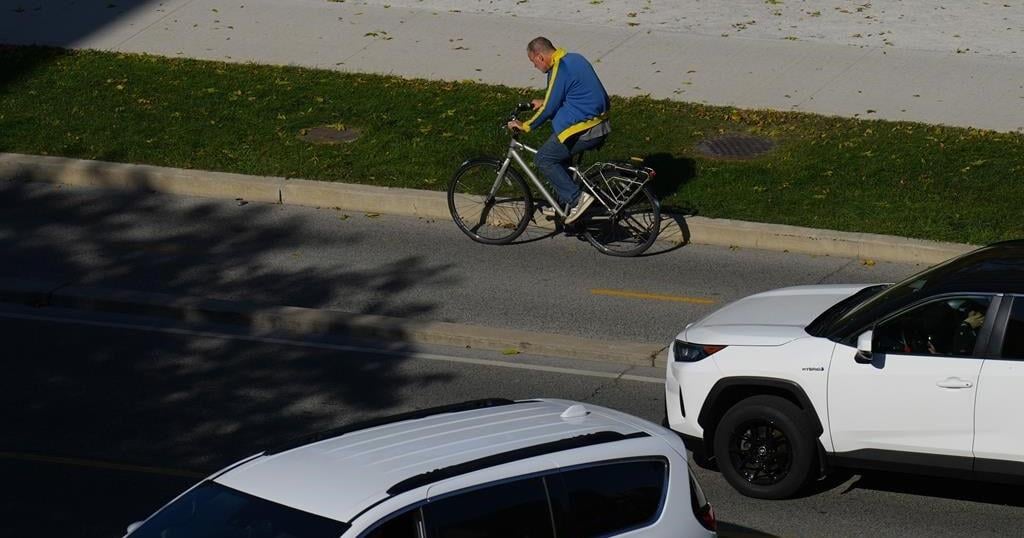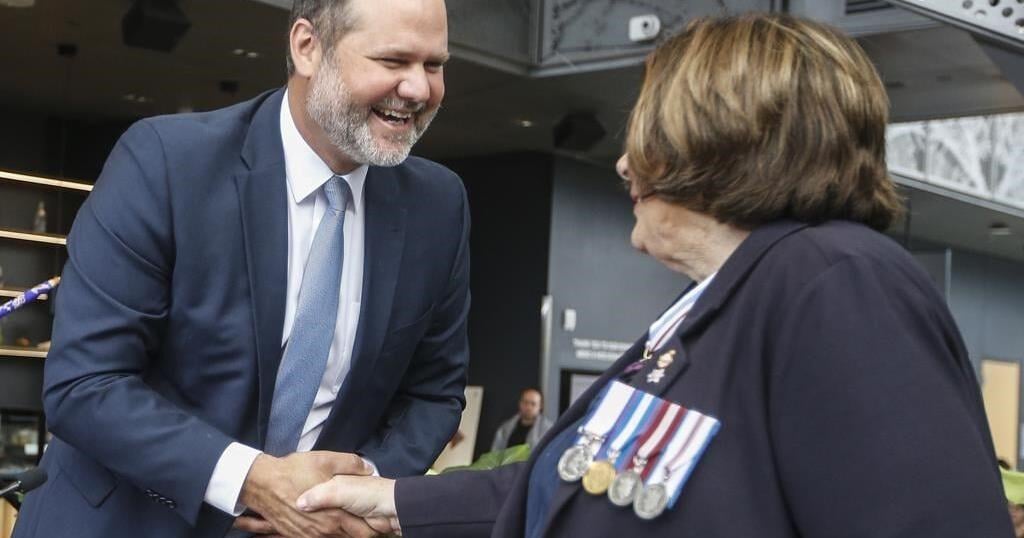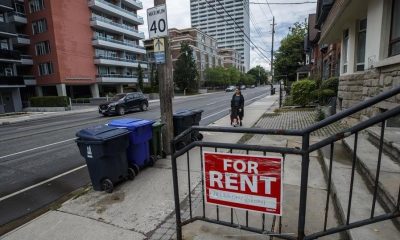CALGARY – The massive price discount on Canadian oil and gas assets compared with those south of the border was likely a major factor behind Ovintiv Inc.’s multi-billion-dollar move to snap up assets in Alberta’s Montney region, according to one analyst.
“Ovintiv appears to have found a bargain,” said Andrew Dittmar, principal analyst at Enverus Intelligence Research, on Thursday.
“With the value disconnect between inventory pricing in the lower 48 (U.S. states) compared to the Canadian resource plays, more U.S.-focused companies should consider acquisitions in Canada.”
Dittmar made the comments just hours after the Denver-based energy giant announced it was paying about $3.3 billion in cash for 44,110 hectares in the Montney from Calgary-based Paramount Resources Ltd.
Ovintiv, formerly known as Encana Corp., also said it was selling about 51,000 hectares of largely undeveloped land in Utah’s Uinta Basin for $2.8 billion.
In a news release, the company said the new assets will add about 900 total well locations and 70,000 barrels of oil equivalent per day of production, while the Uinta holdings produce about 29,000 barrels of oil and condensate production per day.
It said the new assets are strategically located near its current Montney operations and have access to already existing storage and transportation infrastructure.
“The Montney is the second largest undeveloped oil resource in North America, and with this acquisition, we have solidified our position as the premier operator in the play,” said Ovintiv chief executive Brendan McCracken in a statement.
Ovintiv moved its headquarters from Calgary to Denver in 2020, a change it said at the time would give the company access to larger pools of investment in U.S. index funds and passively managed accounts, as well as better align it with its U.S. peers.
The company has significant assets in Texas’ Permian Basin, the largest oil-and-gas-producing basin in the U.S., but as of 2022 was also the largest operator in the Montney region, with an extensive land base in both northwest B.C. and northeast Alberta.
While Utah’s Uinta basin has seen increasing interest from oil and gas producers, Ovintiv didn’t view it as competitive for growth capital with its Montney and Permian assets, Dittmar said.
He added given the current sky-high pricing of inventory in the Permian compared with relative discounts in the Montney, it was likely an easy decision for Ovintiv to jump on the opportunity to acquire the Paramount assets.
“That deal was acquired for less than $1 million per undeveloped location, while comparable quality inventory in the Permian is likely to cost four times as much,” Dittmar said.
On a conference call with analysts Thursday to discuss the deal, McCracken acknowledged the price differential between U.S. and Canadian assets made the Montney deal appealing. But he declined to speculate when asked whether the attractive pricing could lead Ovintiv to pursue further acquisitions north of the border.
“Clearly we’ve put ourselves in a position of strength, both here and in the Permian … and we’re just going to be extremely disciplined stewards of our shareholder capital moving forward,” McCracken said.
Ovintiv said following the closing of the transactions, it plans to run an average of three rigs across its combined Montney acreage, five rigs on its Permian acreage and one to two rigs on its Anadarko acreage in Oklahoma. Approximately 85 to 90 per cent of its 2025 total capital is expected to be allocated to the Permian and the Montney, the company said.
The company expects capital spending of about $3.1 billion next year and production to average about 205,000 barrels per day of oil and condensate.
Thursday’s deal also includes Ovintiv transferring its Horn River assets in B.C. to Paramount and taking possession of Paramount’s Zama assets in Alberta.
The streamlining will lead to about $175 million in annual cost synergies, the company said.
The sale of the Uinta holdings will go toward covering the cost of the Montney acquisition, while Ovintiv has also suspended its share buyback program until it has paid back the cash borrowed for the deal.
For its part, Paramount said it will now be well-positioned to continue the development of its assets in the Duvernay formation in west-central Alberta.
The company said it intends to use a portion of the proceeds from the Ovintiv deal to provide a “meaningful return” to shareholders.
This report by The Canadian Press was first published Nov. 14, 2024.
Companies in this story: (TSX:OVV, TSX:POU)























